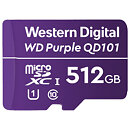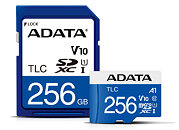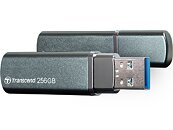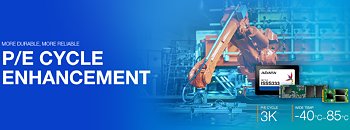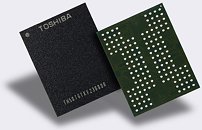
Intel "Arrow Lake-H" SKUs Leak: Up to 16 Cores, with LPE Cores Resurfacing
As we await the launch of Intel's "Arrow Lake-S" Core Ultra 200S series of processors for desktops, we are getting some new leaks about Intel's mainstream mobile "Arrow Lake-H" update. A month ago, we got the specification table of the high-end mobile "Arrow Lake-HX," and now, thanks to Jaykihn X, we have the mainstream laptop chip specifications as well. The top-of-the-line includes Intel Core Ultra 9 285H, a 45 W TDP SKU with six P-cores, eight E-cores, and two LPE cores. The CPU packs integrated Xe2 graphics with eight cores and 24 MB of total L3 cache and has a maximum boost of 5.4 GHz for P-cores.
Moving down the stack, there are Core Ultra 7 265H and Core Ultra 5 255H SKUs, which feature the same P/E/LPE core configuration. However, these SKUs are rated for 28 W TDP, having lower maximum frequencies and the same iGPU configuration. This time, we also have two Core Ultra 3 SKUs, with Core Ultra 3 235H and 225H bringing four P-cores, eight E-cores, and two LPE-cores in the 28 W package. The Core Ultra 3 235H has eight Xe2 cores in its iGPU, while the lowest-end Core Ultra 3 225H has only seven Xe2 iGPU cores. For a complete set of specifications, including all clock speeds in base and boost, please check out the table below.
Moving down the stack, there are Core Ultra 7 265H and Core Ultra 5 255H SKUs, which feature the same P/E/LPE core configuration. However, these SKUs are rated for 28 W TDP, having lower maximum frequencies and the same iGPU configuration. This time, we also have two Core Ultra 3 SKUs, with Core Ultra 3 235H and 225H bringing four P-cores, eight E-cores, and two LPE-cores in the 28 W package. The Core Ultra 3 235H has eight Xe2 cores in its iGPU, while the lowest-end Core Ultra 3 225H has only seven Xe2 iGPU cores. For a complete set of specifications, including all clock speeds in base and boost, please check out the table below.














